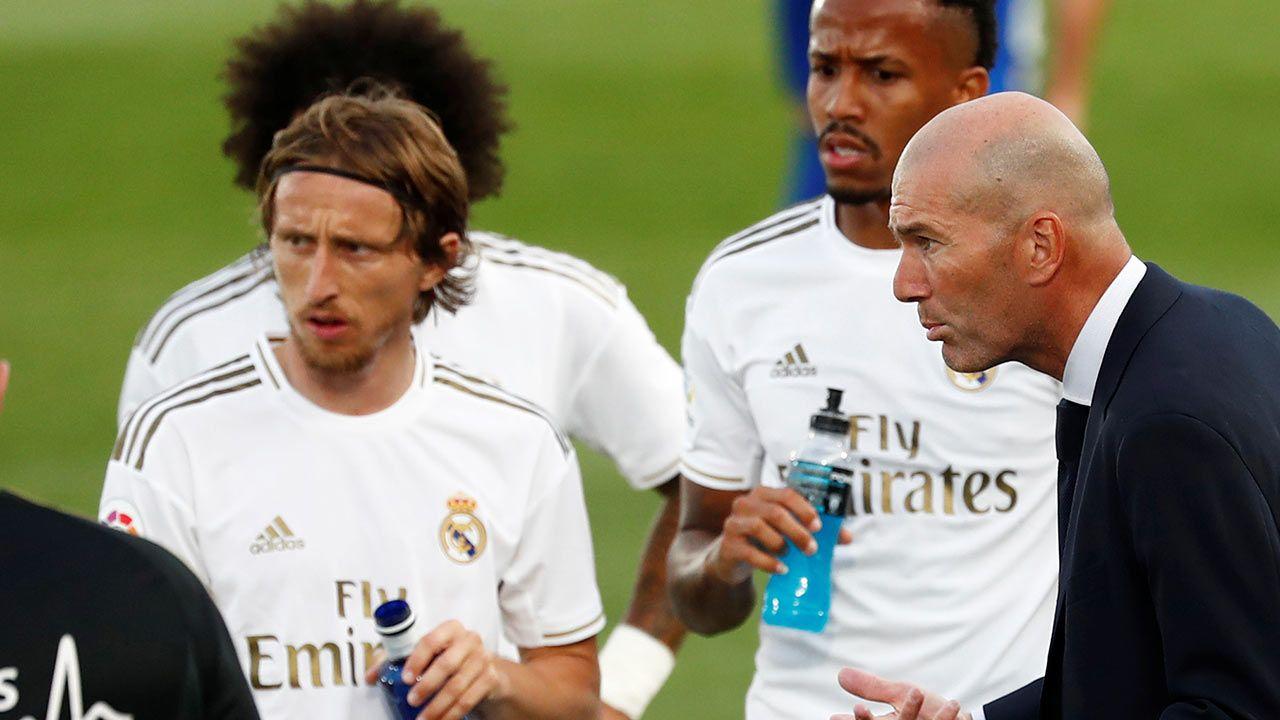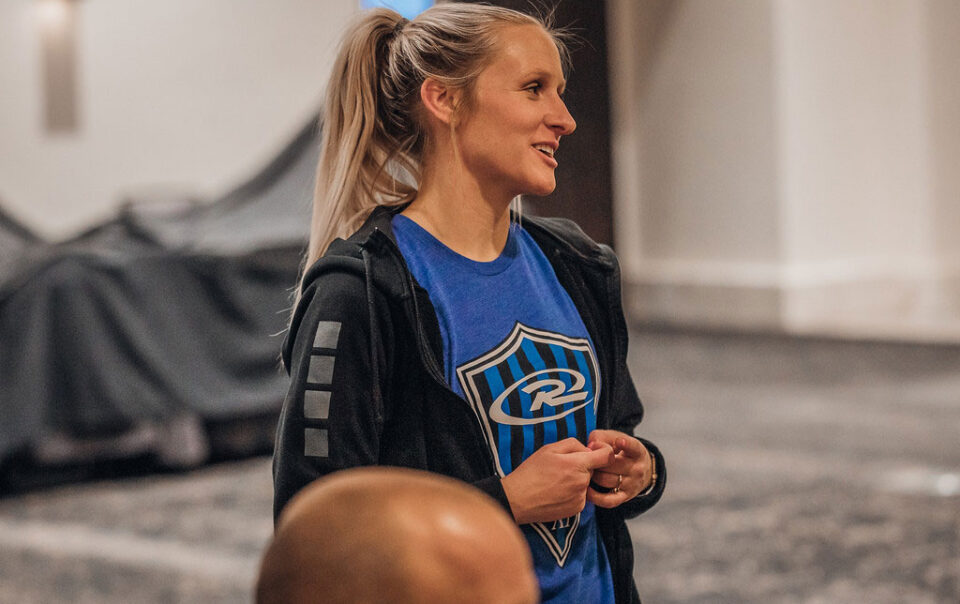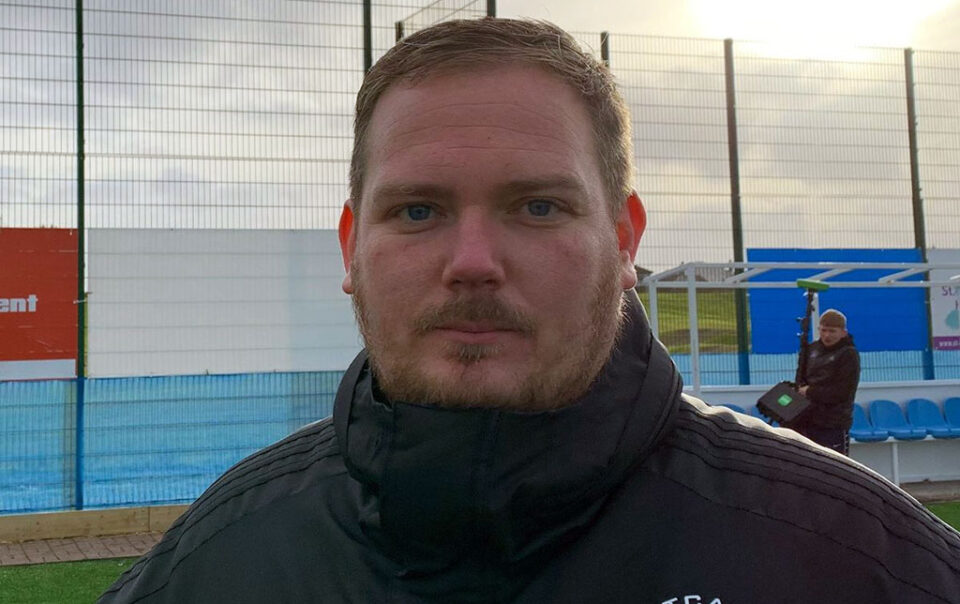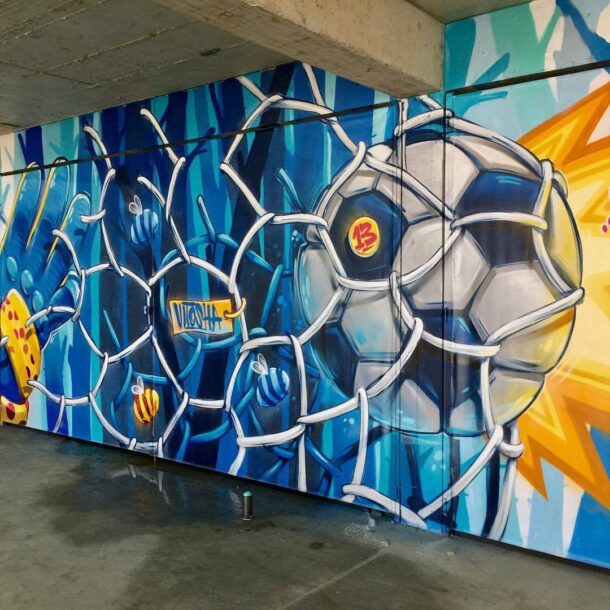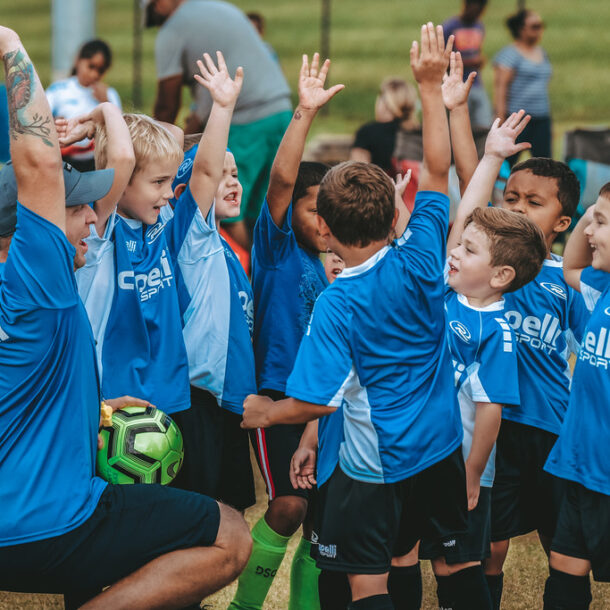
This article was written by Pablo Toledo, Rush Soccer’s Sporting Project Director.
If there’s one moment of the year in which I see many misunderstandings and overall confusion, it probably is the ‘pre season’ period.
Soccer is a conservative sport. What I mean by that is that there are many ‘best practices’ done in certain ways ‘just because they’ve always been done like that’ and many professionals can be reluctant to challenge or question them, even if it’s pretty evident that they are (to say the least) questionable practices. Coaches, unfortunately, are frequent victims of this biased thinking because they tend to use practices and approaches that they’ve experienced as players without questioning their validity in depth. The phenomenon sinks deeper when there’s a level of success associated with it. What I mean by it is that the validity of the practice tends to be even less questioned if there was a positive sporting result associated with it: “We were doing that and we were a great team, so it worked” is frequently the way we judge these experiences, when in reality we might be misplacing or misjudging how impactful that actually was in comparison to other variables, especially when we relate it to physical development, as we’ll see later. Fernando Signorini, one of the world’s most renowned soccer conditioning coaches, refers to this stating that
“The conditioning coach is actually the least important member of the coaching staff. I can assure you that if we had switched the conditioning coach from Pele’s Santos team that won absolutely everything with the conditioning coach from San Cristobao, the team that ended up in last place, the results would’ve been the same“
Fernando Signorini
When we met with Juan Gonzalez Mendia from Sudamerica Coaching, recording for The Rush Podcast Network (in Spanish, sorry!), he referred to this phenomenon as ‘resilient popular beliefs’.
The pre-season period is, unfortunately, packed with these. One of them, and maybe the most damaging one, is the idea that the period should focus on physical development. It is very frequent to see teams and players returning from a long competitive break to be led into a set of ultra demanding fitness based training sessions in which they hardly ever touch the ball. People hardly question the validity of this practice because ‘it’s always been done like that’ when actually the number and severity of misconceptions of that practice is truly alarming. It is very frequent to hear comments, even from players that are also mislead into thinking there’s value in this practice, saying:
- Coach is great, he’s killing us physically right now.
- The first month we hardly touch the ball, first we gotta get in shape.
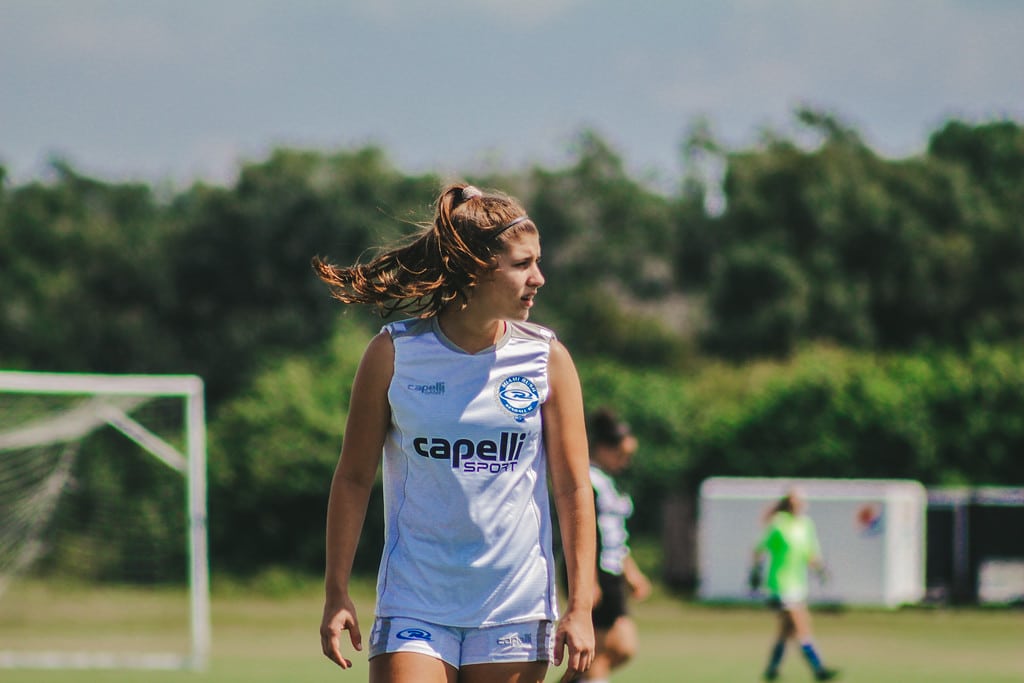
As said before, the number and severity of misconceptions here is alarming. Let’s cover some below.
To start with, there’s a big problem in terms of managing training loads. The best, almost absurd example I can offer is to imagine that you’ve been inactive for a year, gained some weight, and have hardly worked out but you are truly ready to get back in shape and decide to start training again. Now imagine that you go to the gym the first day and I, as your personal trainer, have you lift 400 pounds in the bench press. The overload is clear, and most likely you’ll go home and feel a lot of pain in the upcoming days, unable to train again. That if you’re lucky enough to not get injured. So if we are so clear about the absurdity of that practice at the gym, why do we see it any differently in soccer training? Should we not ease the player into training again, start slower to recondition, reduce the risk of injury, and gradually prepare the person for higher intensity training?
The second issue, most of the time, relates to a misconception of goals and context. As we frequently repeat, the goal of youth coaching is to develop players, and that has deep implications in the decisions that we make, in comparison to performance stages like College or Professional soccer in which the objective is simply to win on Saturday. This is important because the main duty when coaching a training session is to teach players how to play football better (apart from the obvious goal of contributing in the development of a good, healthy human being), so physical development purely seen as an instrument to improve immediate performance is secondary. To exemplify with the almost absurd, once again, what matters is to understand that anybody can train at any time to be fitter. That doesn’t imply any particular soccer talent or ability, so what really matters is to develop the soccer aspects, because if you are a great soccer player with a few extra pounds, that’s an easy fix, but on the contrary if you’re super fit but you can’t make a five yards pass, that’s way more complicated to amend. Obviously, I’m not suggesting that every sort of physical training is pointless, this is not a black or white matter, but it’s important to recognize and be clear about priorities.
These are just two of many misconceptions related to the pre-season period. We could deepen in others like the absence of sporting specificity in the exercises generally proposed, for example. In the fragment below, part of the article What We Learnt From Former D. Maradona & L. Messi Coach, Fernando Signorini, our guest speaker, shares some stories and self reflections about his early days and how his mindset and ideas changed in reference to this topic.
So, what should I expect or want to see during pre-season?
In full honesty, something relatively similar to what you should be seeing during the season. Hopefully (and in the context of a post puberty team), training intensity and competition increases gradually in the first couple of weeks and the primary objective of the sessions is to develop soccer related aspects. A good sign of this can be that 11v11 scrimmages are planned prior to formal competition in gradual increments of total duration of the match or minutes played per player, or that the ball is present in most activities from the very beginning of the season.


